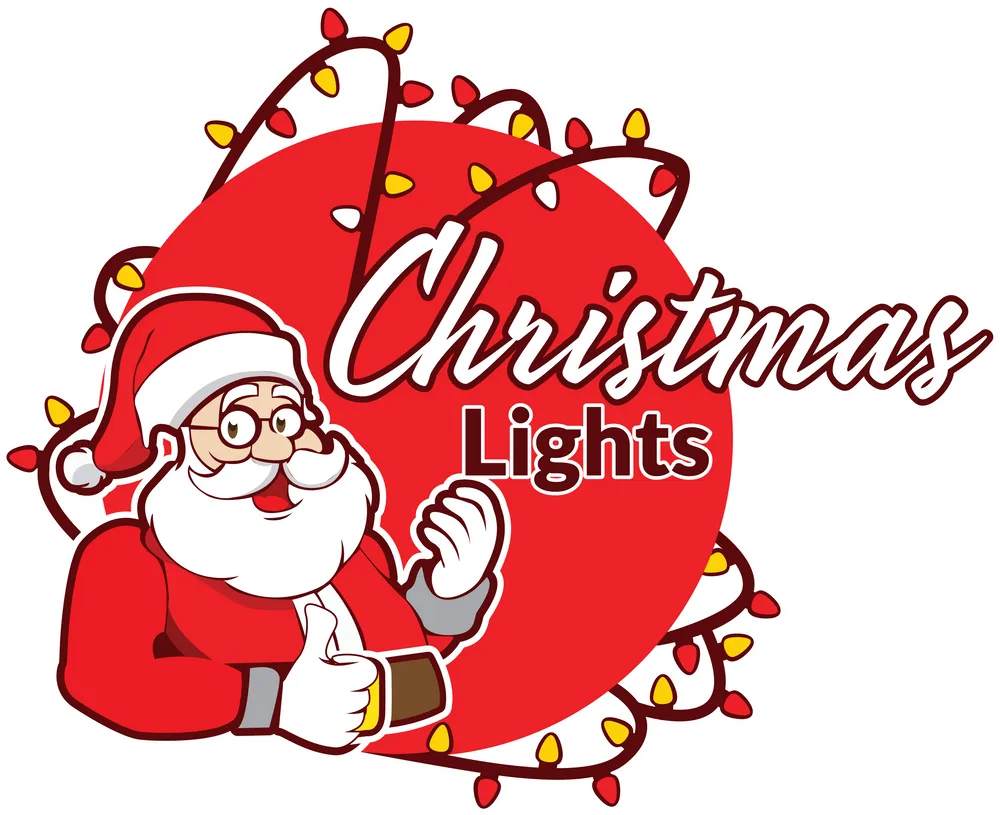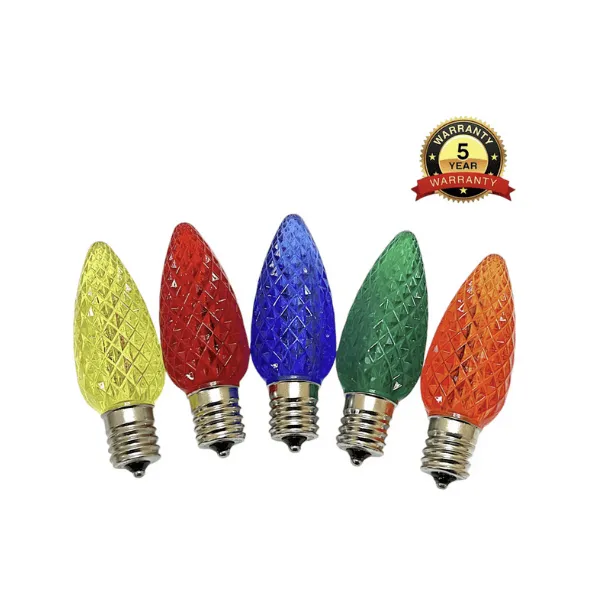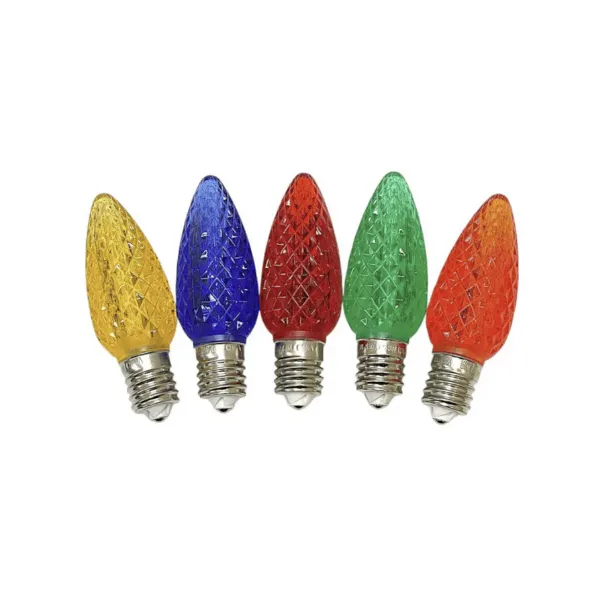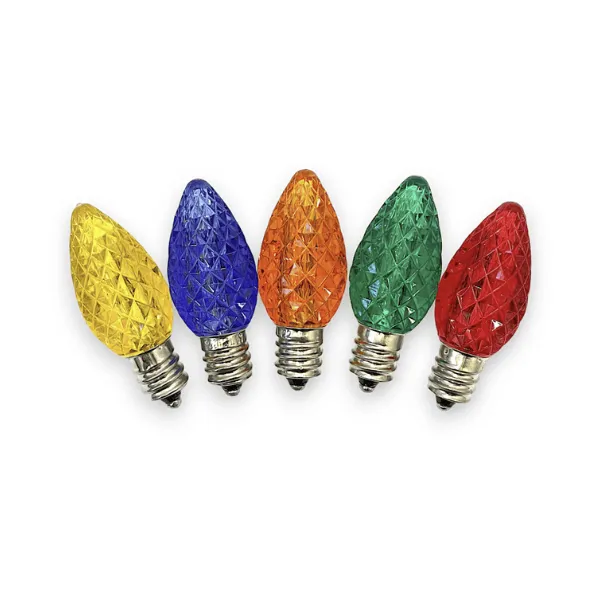Wholesale Pricing Presale Christmas Lights Bulbs
Pre-Season C9 Commercial Elite LED Bulbs
AS LOW AS $.50 Per BULB!
Want to know how to get the cheapest Christmas lights at wholesale pricing?
The more you buy, the more you save!
Experience the next level of holiday lighting with our C9 Commercial Elite SMD LED bulbs, featuring advanced Surface-Mounted Device (SMD) LED technology. These bulbs are designed to shine brighter and last longer, all while maintaining exceptional durability and energy efficiency. Perfect for both indoor and outdoor use, these bulbs are a must-have for any professional or residential Christmas light display.
5-Year Warranty – Best in the Industry
Our C9 Commercial Elite SMD LED bulbs are backed by an industry-leading 5-year warranty, ensuring that your investment in top-quality holiday lighting is fully protected. These bulbs are designed to shine brighter, last longer, and perform better, making them the ultimate choice for both professional and residential Christmas light displays.
Key Features:
SMD LED Technology: Offers a more brilliant light source with a reflective core design for superior optics, ensuring your
Virtually Unbreakable Construction: Highly durable bulbs are built to last, with a lifespan of up to 60,000 hours. These bulbs are designed to withstand the rigors of outdoor installations, making them virtually unbreakable.
Nickel-Plated Bases: Prevent corrosion and improve connectivity, saving you time and money during installation and ensuring reliable performance throughout the season.
Energy Efficient: Low wattage LED bulbs reduce power consumption by up to 90%, allowing you to safely create longer runs of light without overloading circuits.
Cool to the Touch: LED bulbs remain cool, even after hours of operation, making them safer to handle and install.
Larger Diamond-Cut Pattern: Faceted bulbs feature a diamond-cut design that generates beautiful light halos, adding a touch of elegance to any display.
Pre-Season C9 Minleon V2 LED Bulbs
AS LOW AS $.47 Per BULB!
Enhance your professional-grade Christmas lighting displays with Minleon V2 LED C9 bulbs. Featuring a faceted finish, these bulbs cast a bright and inviting light, making them an ideal choice for creating stunning, energy-efficient holiday displays.
Upgrade your holiday lighting with Minleon V2 C9 LED Christmas Light bulbs and experience the benefits of bright, energy-efficient, and durable lighting solutions.
Key Features:
Durable Multi-Faceted Construction: These Minleon V2 LED bulbs are crafted from high-quality, multi-faceted plastic, ensuring they resist fading, chipping, and breaking. This durability makes them perfect for both commercial and residential installations, maintaining their vibrant appearance season after season.
Energy Efficiency: These LED Christmas light bulbs reduce power consumption by more than 90% compared to traditional incandescent bulbs. With an actual power consumption of just 0.58W, they allow for longer runs and lower energy costs, though it’s recommended to use 2W for installation calculation purposes.
Standard C9 Socket Compatibility: Designed to fit any standard C9 socket with an E17 base, these LED bulbs integrate seamlessly into your existing lighting setups, making them versatile and easy to use for any holiday lighting project.
Upgrade your holiday displays with our C7 SMD LED bulbs, featuring advanced Surface-Mounted Device (SMD) LED technology. These bulbs are designed to shine brighter, last longer, and provide exceptional durability, making them an excellent choice for both residential and commercial Christmas lighting.
Key Features:
SMD LED Technology: Experience a more brilliant light source with SMD LED bulbs. The reflective core design enhances optics, ensuring your holiday displays are vibrant and eye-catching.
Virtually Unbreakable: These C7 LED bulbs are constructed from highly durable materials, making them virtually unbreakable. With a lifespan of up to 60,000 hours, they are built to withstand the rigors of outdoor and indoor installations.
Nickel-Plated Bases: The nickel-plated bases prevent corrosion and improve connectivity, saving you time and money during installation and ensuring long-lasting performance.
Larger Diamond-Cut Pattern: The bulbs feature a diamond-cut pattern with larger facets, generating beautiful light halos that add a touch of elegance to any holiday display.
Energy Efficiency: These low wattage LED bulbs reduce power consumption by up to 90% compared to traditional incandescent bulbs. This allows you to safely make longer runs of light without overloading circuits, making them ideal for large-scale installations.
Cool to the Touch: LED technology ensures that the bulbs remain cool, even after hours of use, enhancing safety during installation and operation.
Indoor/Outdoor Use: Perfect for both indoor and outdoor settings, these C7 SMD LED bulbs are versatile enough to meet all your holiday lighting needs.
Our super bright and brilliant Multi Minleon V2 LED C7 replacement bulbs will save you money on your electric bill this year and for many more Christmas holidays to come.
Key Features:
These bulbs are made of durable, multi-faceted plastic so they won't fade, chip, or break like incandescent bulbs
Reduce your power consumption by more than 90% compared with conventional incandescent bulbs)
0.58W and 0.66W actual power consumption, but use 2W for installation calculation purposes
Fits into any standard C7 socket; E12 base
Frequently Asked Questions
What’s the difference between C9 and C7 LED bulbs?
C9 bulbs are slightly larger than C7 bulbs, making them ideal for larger displays such as rooflines, trees, and commercial decorations. C7 bulbs are smaller and better suited for smaller spaces, window frames, or accent lighting.
Are C9 and C7 bulbs interchangeable?
While both C9 and C7 bulbs use standard bases (E17 for C9 and E12 for C7), they are not interchangeable due to their size differences. Be sure to match your sockets to the correct bulb size.
Are C9 and C7 LED bulbs energy-efficient?
Yes! C9 and C7 LED bulbs consume up to 90% less energy than traditional incandescent bulbs. This energy efficiency allows you to safely run longer strands without overloading circuits.
Can I use C9 and C7 LED bulbs outdoors?
Absolutely! Both C9 and C7 LED bulbs are designed for indoor and outdoor use. They are highly durable, weather-resistant, and can withstand extreme temperatures, making them perfect for any holiday display.
Do C9 and C7 LED bulbs come in different colors?
Yes, C9 and C7 LED bulbs are available in a wide variety of colors, including warm white, cool white, red, green, blue, yellow, and multi-color options, allowing you to customize your holiday lighting displays.
How long do C9 and C7 LED bulbs last?
C9 and C7 LED bulbs are built to last with a lifespan of up to 60,000 hours. Their durable construction ensures they remain bright and vibrant season after season.
Discover Expert Tips on Our Blog
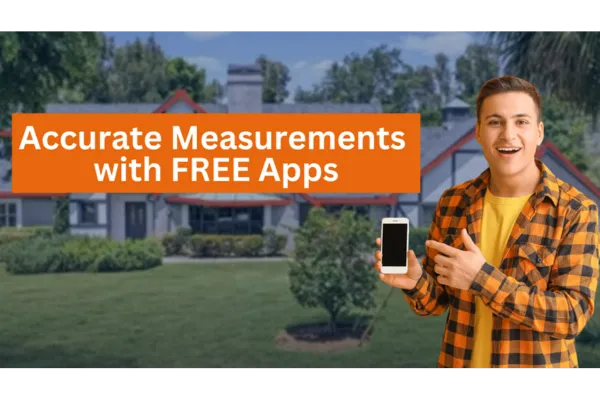
House Measurement Techniques for Accurate Bidding
When it comes to construction, renovation, or holiday decoration projects, accurate measurements are crucial. One wrong calculation can significantly impact your budget and timeline. Today, we'll explore three powerful free tools that help you measure buildings accurately from photos, ensuring your estimates are spot-on every time.
Why Accurate Measurements Matter
Consider this scenario: if you estimate a project at 140 feet when it's actually 200 feet, your cost calculations could be dramatically off. What started as $4 per foot might suddenly become $1 per foot, severely impacting your profit margins or project budget. This is why having reliable measuring techniques is essential for any contractor or DIY enthusiast.
Tool #1: ELEIF - The Professional's Choice
Measure in photo online ‐ eleif.net
ELEIF is a time-tested online measurement tool that offers precise calculations from photographs. Here's how to use it:
1. Upload your photo by dragging it into the interface
2. Set your reference measurement (typically a door width of 3 feet)
3. Use the measurement tool to mark key points along your structure
4. Record and add up all measurements
5. Add a 10% buffer for accuracy

Pro Tip: When measuring complex structures, always account for architectural features that might not be immediately visible in the photo, such as door overhangs or roof extensions.
Tool #2: Image Measurement
This user-friendly tool offers enhanced zoom capabilities for more precise measurements:
1. Import your photo
2. Use the zoom function to get a clearer view
3. Set your reference point (again, using a door or known object)
4. Take measurements by clicking points along the structure
5. Calculate total measurements
6. Compare results with other tools for accuracy

Tool #3: Canva - The Creative Solution
While primarily known for design work, Canva offers a surprisingly effective measurement solution:
1. Upload your photo to a YouTube thumbnail template
2. Use the ruler element tool
3. Set your reference measurement (3 feet for a standard door)
4. Duplicate and rotate the ruler to measure different sections
5. Track your measurements in increments (10 feet, 20 feet, etc.)

Best Practices for Digital Measuring
1. Use Known Reference Points
- Standard door width (3 feet)
- Garage doors (8 feet for single, 16 feet for double)
- Windows or other standard architectural features
2. Always Add a Buffer
- Include a 10% margin for error
- Account for hidden features not visible in photos
- Better to overestimate slightly than underestimate
3. Cross-Reference Your Results
- Use multiple tools to verify measurements
- Compare results between different methods
- Look for consistency in measurements
Common Pitfalls to Avoid
- Don't forget to account for:
- Door overhangs
- Architectural protrusions
- Roof extensions
- Corner details
- Changes in elevation
When to Use Which Tool
- ELEIF: Best for straight-line measurements and simple structures
- Image Measurement: Ideal for detailed work requiring zoom capability
- Canva: Perfect for quick estimates and visual reference points
Final Tips
1. Always verify your reference measurements
2. Take multiple measurements when possible
3. Document your process for consistency
4. Consider seasonal changes or structural variations
5. Keep records of your measurements for future reference
Remember, the goal isn't just to get a number – it's to get an accurate measurement that you can confidently use for project planning and execution. Whether you're a professional contractor or a DIY enthusiast, these tools can help you achieve precise measurements without stepping foot on the property.
Want to learn more about construction measurements and professional techniques? Visit ChristmasLights.io for additional resources and tips from industry experts.

Q: Why should I use multiple apps to measure the same building?
A: Using multiple measurement tools helps verify your calculations and ensures accuracy. Each tool has its own strengths - for example, Image Measurement offers better zoom capabilities, while Canva provides easy-to-duplicate measurement units. By cross-referencing results between different apps, you can catch potential errors and arrive at the most accurate measurement.
Q: What's the best reference point to use when measuring from a photo?
A: The most reliable reference points are standardized building features:
- A standard door (3 feet wide)
- A garage door (8 feet for single, 16 feet for double)
- Standard windows
Always try to use the garage door as your first choice since it provides a larger reference point, which can lead to more accurate measurements across the entire structure.
Q: Why should I add 10% to my measurements?
A: Adding 10% serves as a safety buffer for several reasons:
- Accounts for hidden architectural features not visible in photos
- Compensates for potential measurement errors
- Covers unexpected protrusions or overhangs
- Ensures you have enough materials for the project
It's better to slightly overestimate than to run short on materials or underquote a project.
Q: Can these tools replace physical measurements?
A: While these digital tools are extremely helpful for initial estimates and remote measurements, they work best as complementary tools to physical measurements. For final, detailed work, it's still recommended to take physical measurements when possible. However, these apps are excellent for:
- Initial project estimates
- Remote quotes
- Preliminary planning
- Situations where physical access isn't immediately possible
Q: What can cause inaccurate measurements when using these apps?
A: Several factors can affect measurement accuracy:
- Using an incorrect reference point size
- Not accounting for perspective in photos
- Overlooking architectural features like overhangs
- Poor photo quality or angle
- Not considering depth in protruding features
To minimize errors, always use clear photos taken straight-on, verify your reference measurements, and cross-check results between different tools.

Q: Are these tools really free to use?
A: Yes, all three tools mentioned (ELEIF, Image Measurement, and Canva) offer free versions that include their measurement capabilities. While Canva does have a premium version, the measurement features discussed are available in the free version.
Q: How do I handle complex architectural features like bay windows or irregular shapes?
A: For complex features:
1. Break down the measurement into smaller, manageable sections
2. Measure each section individually
3. Account for depth and protrusions
4. Add extra buffer for irregular shapes
5. Consider taking multiple photos from different angles to better understand the structure
Q: What's the best way to document measurements for future reference?
A: Best practices for measurement documentation include:
- Take screenshots your measurements in each app
- Create a spreadsheet with all measurements and calculations
- Note which reference points were used
- Record the date and conditions of measurement
- Save the original photos used for measuring
- Document any assumptions or special considerations made
Q: How accurate are these digital measuring tools?
A: When used correctly with proper reference points and clear photos, these tools can be accurate within 5-10% of physical measurements. However, accuracy depends on:
- Quality and angle of the reference photo
- Accuracy of the reference point measurement
- Complexity of the structure
- User expertise in using the tools
This is why using multiple tools and adding a 10% buffer is recommended for professional estimates.

Have more questions about digital measuring techniques? Visit ChristmasLights.io for additional resources and expert guidance.
Copyright ©2025 All Right Reserved website designed by christmaslights.io
Terms of Service / Privacy Policy
Have questions or need assistance?
Contact us at (855)619-LITE

